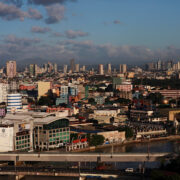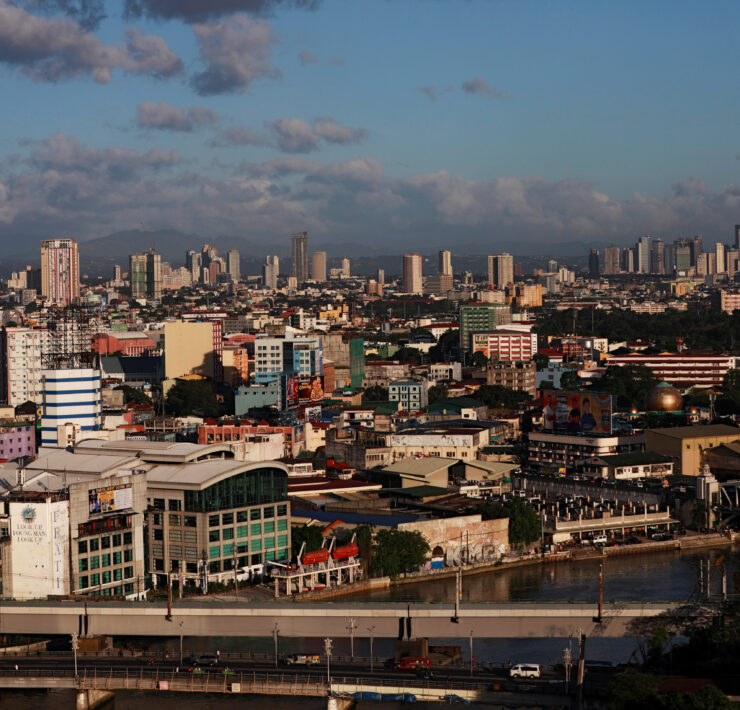Inflation may have overshot 4% in July, says BSP
Inflation might have breached the government’s 2 percent to 4 percent target range in July amid higher energy and food prices last month, although such a flare-up would unlikely shake expectations of a rate cut in August.
In a statement on Wednesday, the Bangko Sentral ng Pilipinas (BSP) projected last month’s inflation to have settled within the range of 4 percent to 4.8 percent.
If the BSP’s prediction comes true, the reading that would be released by the Philippine Statistics Authority (PSA) on August 6 may be faster than the 3.7-percent price growth recorded in June. At the same time, the July print might snap seven consecutive months of within-target inflation.
But the central bank said any upward price pressures in July were likely offset by lower prices of rice and fruits, along with the peso’s appreciation away from the record-low of 59 per dollar.
”Higher electricity rates along with the increased prices for agricultural commodities like vegetables, meat and fruits along with higher domestic oil prices are the primary sources of upward price pressures for the month [of July],” the BSP said.
A July breach of the inflation target was already expected by the BSP, however, with Governor Eli Remolona Jr. previously saying that such a spike was likely due to distortions from base effects.
Remolona had said an above-target July inflation rate was already taken into account when he gave clearer signals of a rate cut in the third quarter. At the Monetary Board’s policy meeting last June 27, the key rate stayed at an over 17-year high of 6.5 percent.
Back then, the BSP chief said it was “somewhat more likely” that the central bank would cut the policy rate by a total of 50 basis points (bps) this year—with the first 25-bp cut possibly in August and ahead of the US Federal Reserve. The reduction in import duty on rice was one of the reasons why the BSP now sees fewer risks to its inflation outlook.
In a commentary, BMI, a unit of the Fitch Group, said it expected an acceleration of consumer spending this year “driven mostly by easing inflationary pressures, a stable labor market and lower interest rates.” Still, there were some risks to watch out for “[including] prolonged inflation, lower remittances and a weakening of the domestic economy. All of these risk factors adversely affect household purchasing power,” BMI said.
”Geopolitical tensions (e.g., the Israel-Hamas conflict) have also emerged as a risk that is likely to impact inflation and interest rates,” it added.





















